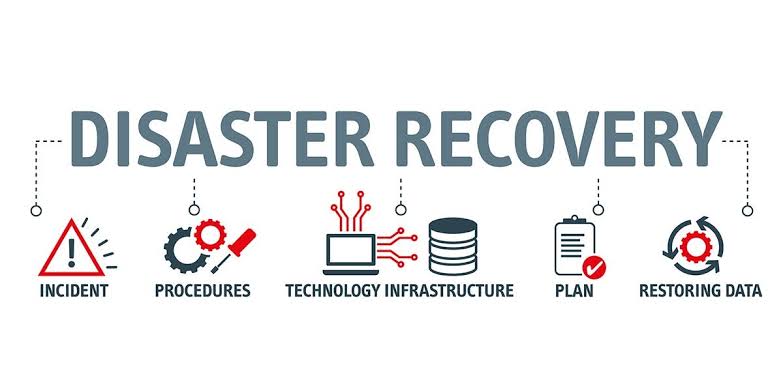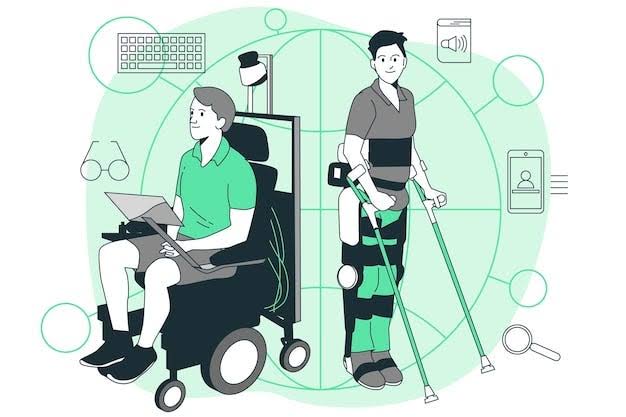Natural disasters, pandemics, and unexpected crises are unavoidable realities that affect millions of people worldwide each year. From earthquakes and floods to hurricanes and wildfires, the aftermath of such events often leads to loss of lives, displacement, and major infrastructure damage. In recent years, technology has emerged as a critical tool in managing disaster response and recovery efforts. By providing real-time information, improving communication, and enabling faster decision-making, technology helps governments, aid organizations, and communities prepare for, respond to, and recover from emergencies more effectively.
Early Warning and Disaster Prediction Systems
One of the most powerful ways technology supports disaster management is through early warning systems. These systems use advanced sensors, satellite imagery, and artificial intelligence to monitor environmental changes and predict disasters before they occur.
- Weather satellites and radar help forecast hurricanes, storms, and floods with greater accuracy.
- Earthquake detection technologies can provide seconds or even minutes of advance notice.
- AI models analyze historical data to identify patterns that signal potential hazards.
These predictive tools give communities time to prepare, evacuate, or take necessary precautions, thereby reducing casualties and damage.
Real-Time Communication and Coordination
Disasters often disrupt traditional communication systems, making it difficult for rescue teams and affected individuals to connect. Technology bridges this gap by ensuring real-time communication through resilient platforms.
- Mobile apps and social media platforms enable people to share updates and request help.
- Emergency response agencies use satellite phones and digital radios when local networks fail.
- Cloud-based platforms allow governments, NGOs, and volunteers to coordinate relief operations.
By streamlining communication, technology ensures that resources are allocated effectively and that victims receive timely assistance.
Drones and Robotics in Rescue Missions
Drones and robotics have become essential in disaster zones where human access is difficult or dangerous. They provide situational awareness and assist in life-saving missions.
- Drones capture aerial images of affected areas, helping authorities assess the extent of damage.
- Robots are deployed to search for survivors in collapsed buildings or hazardous areas.
- Delivery drones transport medical supplies, food, and water to hard-to-reach regions.
These innovations minimize risks for first responders and speed up rescue operations.
Geographic Information Systems (GIS) and Mapping
Geographic Information Systems (GIS) play a vital role in disaster planning and recovery by creating detailed maps that track the impact of disasters.
- GIS maps show safe routes for evacuation and aid delivery.
- Authorities use satellite mapping to locate shelters and hospitals.
- Data visualization helps identify the areas most in need of assistance.
Mapping technologies ensure that rescue and relief operations are targeted and efficient, avoiding duplication and wasted resources.
Mobile Health and Telemedicine
Healthcare becomes a major challenge during and after disasters when hospitals may be damaged or overwhelmed. Mobile health apps and telemedicine platforms provide remote medical support.
- Victims can connect with doctors through virtual consultations.
- Health monitoring apps track outbreaks of diseases in disaster-hit areas.
- Mobile clinics equipped with digital devices help deliver care where hospitals are inaccessible.
This technology ensures that health services remain available even under difficult conditions.
Data Collection and Analytics
Big data and analytics are transforming disaster response by turning large amounts of information into actionable insights.
- Data from social media posts helps responders identify affected individuals and communities.
- Predictive analytics determines which areas will need more resources.
- Governments and aid agencies use data to evaluate the effectiveness of recovery programs.
The ability to analyze data in real-time allows for faster and more informed decision-making.
Blockchain for Aid Distribution
Ensuring transparency and accountability in distributing aid is a major challenge during disasters. Blockchain technology addresses this issue by recording transactions securely.
- Donors can track how funds are spent.
- Families receive direct digital payments or vouchers for essential supplies.
- Fraud and corruption are minimized through decentralized records.
This ensures that resources reach the people who need them most without delays or mismanagement.
Social Media and Community Engagement
Social media has become a vital tool for spreading information during disasters. Platforms like Twitter, Facebook, and WhatsApp allow rapid dissemination of alerts and instructions.
- Communities can crowdsource information about missing persons or blocked roads.
- Volunteers use online groups to organize local rescue efforts.
- Governments can counter misinformation by sharing verified updates.
These platforms enhance community resilience by making disaster response a collaborative effort.
Post-Disaster Recovery and Reconstruction
Technology also plays a key role in recovery efforts once immediate dangers are over.
- Smart construction technologies help rebuild safer, disaster-resistant homes and infrastructure.
- Digital financial platforms provide affected individuals with quick access to funds.
- Online platforms connect victims with counseling and emotional support services.
By accelerating reconstruction and rehabilitation, technology reduces the long-term impact of disasters.
Conclusion
Technology has transformed the way the world responds to disasters by enhancing prediction, improving coordination, and ensuring effective recovery. From drones and GIS mapping to blockchain and telemedicine, these tools not only save lives but also create stronger, more resilient communities. As innovation continues, disaster response will become even faster and more efficient, ensuring that societies can better withstand and recover from future crises.




2kfrri
Fascinating